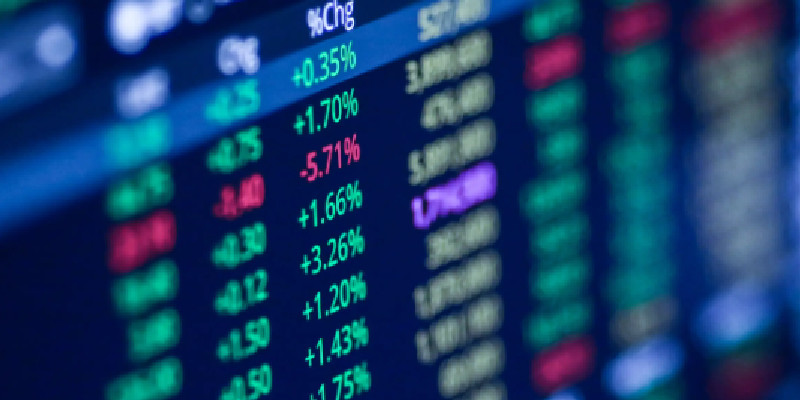
When it comes to precious metals investing, two names stand above the rest — gold and silver. Both have been trusted stores of value for centuries, acting as safe havens during economic uncertainty. But the question remains: between gold investment and silver investment, which is the better choice for your portfolio?
This article explores the strengths, weaknesses, and future potential of both metals to help you make an informed decision about your precious metals investing strategy.
Why Invest in Precious Metals?
Precious metals have always been considered reliable assets, especially in times of inflation or financial instability. Unlike paper currency, their value doesn’t depend on central banks or government decisions. Instead, gold and silver derive value from scarcity, industrial demand, and investor sentiment.
Adding gold investment or silver investment to your portfolio offers diversification and acts as a hedge against inflation. According to Investopedia’s guide to gold and silver investing, both assets provide long-term stability that complements traditional stocks and bonds.
The Case for Gold Investment
Gold investment is often seen as the ultimate safe-haven asset. For centuries, gold has been a symbol of wealth and stability. Investors turn to it when markets are volatile or when currencies weaken.
1. Stability and Store of Value
Gold’s value tends to remain stable over long periods. It doesn’t corrode or tarnish, making it ideal for preserving wealth. During inflationary periods, gold typically performs well because its value rises as purchasing power decreases.
In fact, during major economic downturns like the 2008 financial crisis, gold prices surged while stock markets plummeted. This shows why gold investment is considered a core component of a defensive portfolio.
2. Liquidity and Global Demand
Gold is traded worldwide and easily convertible into cash. Its universal appeal means you can sell it in almost any country at fair market value. Central banks also hold large reserves of gold, further proving its reliability and importance in the global economy.
3. Limited Supply
The supply of gold grows slowly, which maintains its scarcity. Mining new gold is expensive and time-consuming, ensuring long-term value retention. This natural scarcity supports strong demand and makes gold investment ideal for wealth preservation.
For current gold market trends and live pricing, visit The World Gold Council, a trusted authority on global gold data and research.
The Case for Silver Investment
While gold may be the more traditional option, silver investment offers its own advantages — often overlooked by new investors. Silver is more affordable and has greater industrial demand, making it a dynamic addition to any precious metals investing strategy.
1. Industrial Demand
Unlike gold, silver has widespread industrial uses. It’s a key component in electronics, solar panels, and medical equipment. As technology and renewable energy sectors expand, so does demand for silver.
This dual role — as both an investment asset and industrial material — makes silver’s price movements more volatile but also gives it strong growth potential.
2. Affordability and Accessibility
Silver is much cheaper than gold, allowing smaller investors to enter the precious metals investing market easily. You can buy more ounces of silver for the same amount of money, giving you greater flexibility in portfolio diversification.
3. Higher Volatility and Profit Potential
Silver prices tend to fluctuate more than gold. While this can increase risk, it also means higher potential gains during bull markets. Historically, when precious metal prices rise, silver often outperforms gold in percentage growth.
For a deeper look at silver’s market trends, you can check Kitco’s live silver price charts.
Gold vs. Silver: A Side-by-Side Comparison
| Feature | Gold | Silver |
|---|---|---|
| Price Stability | High stability, low volatility | Moderate stability, high volatility |
| Industrial Demand | Limited | Extensive |
| Liquidity | Extremely liquid globally | Highly liquid but less than gold |
| Affordability | High cost per ounce | Low cost per ounce |
| Potential Returns | Steady long-term growth | Higher short-term profit potential |
Which Metal Performs Better During Inflation?
Inflation reduces the purchasing power of fiat currency. Both gold investment and silver investment serve as hedges, but gold has historically performed more consistently during inflationary cycles. That’s because gold’s value is less influenced by industrial demand and more by investor confidence.
Silver can outperform gold when industrial demand is high, but during recessions, its price tends to dip faster due to slowing manufacturing activity. Thus, investors seeking stability may prefer gold, while those chasing higher returns might lean toward silver.
Portfolio Strategy: Balancing Gold and Silver
Rather than choosing one over the other, many experts recommend a balanced approach. Combining both assets allows you to benefit from gold’s stability and silver’s growth potential. The ideal ratio depends on your financial goals and risk tolerance.
For example, a conservative investor might allocate 80% to gold investment and 20% to silver investment. Meanwhile, an aggressive investor might flip that ratio to take advantage of silver’s volatility.
To learn how to diversify investments effectively, check out our related article: Investment diversification strategies.
Storage and Costs to Consider
Both metals require safe storage, whether in a home safe, bank deposit box, or third-party vault. However, because silver takes up more space for the same dollar value, storage costs can be higher for silver investors.
You should also account for insurance, transaction fees, and potential taxes. For accurate insights into tax implications of metal ownership, refer to IRS Gold and Silver Investment Guidelines.
Digital and ETF Alternatives
If you prefer not to handle physical metals, you can invest through ETFs (Exchange-Traded Funds) or digital gold and silver platforms. These options allow exposure to metal prices without the hassle of storage.
However, holding physical metals still provides the advantage of tangible ownership — a benefit many investors value in uncertain economic times.
Long-Term Outlook: Gold or Silver?
As of recent years, analysts expect gold to maintain its dominance as a safe-haven asset, while silver could see stronger performance due to renewable energy demand. Both have a place in a diversified portfolio, especially during economic turbulence.
Ultimately, the best choice between gold investment and silver investment depends on your goals. If you value stability and preservation of wealth, gold is the better option. If you’re seeking higher returns and are comfortable with risk, silver may deliver more upside potential.
Final Thoughts
In the world of precious metals investing, there’s no one-size-fits-all answer. Gold offers stability and global recognition, while silver provides affordability and industrial-driven growth. The smartest approach? Hold both to balance risk and reward.
Start small, diversify your portfolio, and stay informed through trusted market sources. To continue exploring investment strategies, visit our related post on wealth-building strategies.




